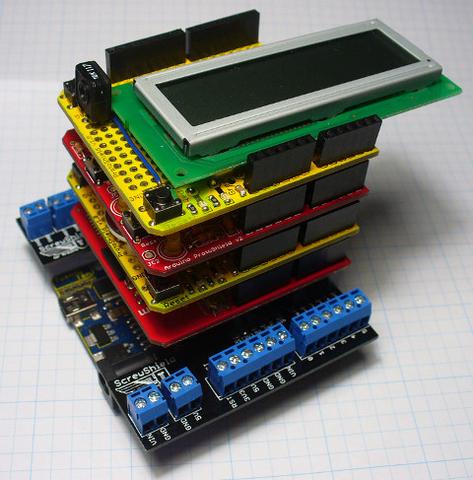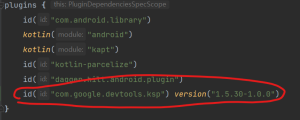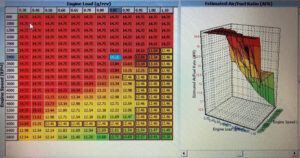Arduino is a popular open-source electronic platform used by many hobbyists and professionals for creating electronic projects. One of the most interesting and useful aspects of Arduino is the use of shields, which are boards that can be attached to an Arduino to expand its functionality.
Arduino shields are designed to make it easy to add extra capabilities to your project without requiring a lot of additional wiring or programming. These shields come in a variety of shapes and sizes, and they can be used to add features like wireless connectivity, audio output, and sensors.
One of the most popular Arduino shields is the Ethernet shield, which allows an Arduino to connect to a local network and the internet. This shield is often used for home automation projects, where it can be used to control lights, temperature, and other devices from a smartphone or computer.
Another useful shield is the GPS shield, which allows an Arduino to receive GPS signals and determine its location. This shield is often used for projects that require tracking or mapping, such as drones or GPS-guided robots.
The motor shield is another popular shield that can be used to control motors, servos, and other electromechanical devices. This shield is often used for robotics projects, where it can be used to control the movement of the robot.
Audio shields are also available for Arduino, which allow it to play audio files or even generate sound. These shields are often used for musical instruments, audio effects, and even voice recognition projects.
Other shields include those designed for wireless communication, such as the Wi-Fi shield or Bluetooth shield. These shields allow an Arduino to communicate wirelessly with other devices, opening up a wide range of possibilities for remote control and automation.
One of the great things about Arduino shields is that they are designed to be modular and easy to use. Most shields simply plug into an Arduino board and require minimal setup, making it easy for beginners to get started with electronics.
Additionally, because the Arduino platform is open-source, there are a wide variety of shields available from different manufacturers and developers. This means that you can easily find a shield that suits your specific needs, whether you’re building a robot, a home automation system, or an art installation.
In conclusion, Arduino shields are an excellent way to expand the capabilities of your Arduino projects. With a wide variety of shields available, it’s easy to add features like wireless connectivity, audio output, and sensors to your projects. Whether you’re a beginner or an experienced electronics hobbyist, Arduino shields are a great tool for bringing your ideas to life.
Sure, I’d be happy to explain more about Arduino shields!
Arduino shields are essentially add-on boards that can be attached to an Arduino board to provide additional functionality. They are designed to make it easy to add features to your projects without requiring a lot of additional wiring or programming. Each shield is typically designed for a specific purpose and provides a set of hardware components and features that can be used to implement that purpose.
One of the benefits of using shields is that they are designed to work seamlessly with Arduino boards, and often require little or no modification to the main code of your project. This means that you can easily add new features to your project without having to completely reprogram it.
Another benefit of using shields is that they are typically designed to be very easy to use, even for beginners. Most shields simply plug into the headers on top of an Arduino board, and are ready to use with little or no setup required. This makes it easy for beginners to get started with electronics and start building their own projects.
There are many different types of Arduino shields available, each with its own unique set of features and capabilities. Some of the most popular types of shields include:
- Ethernet shields: These shields allow an Arduino board to connect to a local network or the internet, enabling remote control and monitoring of your projects.
- GPS shields: These shields allow an Arduino board to receive GPS signals, enabling projects that require tracking or mapping.
- Motor shields: These shields enable an Arduino board to control the movement of motors, servos, and other electromechanical devices, making them ideal for robotics projects.
- Audio shields: These shields enable an Arduino board to play audio files or generate sound, making them ideal for musical instruments, audio effects, and voice recognition projects.
- Wireless communication shields: These shields enable an Arduino board to communicate wirelessly with other devices, making them ideal for remote control and automation projects.
There are many other types of shields available as well, each with its own unique set of features and capabilities. One of the great things about Arduino shields is that they are modular, meaning that you can easily mix and match different shields to create custom combinations of features and capabilities for your projects.
Overall, Arduino shields are a great way to expand the capabilities of your Arduino projects and add new features and functionality. They are easy to use, versatile, and can help you to create a wide variety of electronic projects, from simple home automation systems to complex robotics projects.
Advantages:
- Easy to use: Arduino shields are designed to be easy to use and install, even for beginners. Most shields simply plug into the headers on top of an Arduino board, and are ready to use with little or no setup required.
- Modular: Because Arduino shields are modular, you can easily mix and match different shields to create custom combinations of features and capabilities for your projects.
- Saves time: Using an Arduino shield can save you a lot of time and effort, since it eliminates the need to build your own circuits or write your own code from scratch.
- Expandable: Arduino shields can be easily expanded and upgraded, allowing you to add new features and capabilities to your projects as needed.
- Wide range of options: There are a wide variety of Arduino shields available, each designed for a specific purpose. This means that you can easily find a shield that suits your specific needs, whether you’re building a robot, a home automation system, or an art installation.
Disadvantages:
- Limited compatibility: Not all Arduino shields are compatible with all Arduino boards. Some shields may only work with specific models or versions of Arduino boards, so you need to make sure that the shield you choose is compatible with your board.
- Cost: Arduino shields can be relatively expensive compared to other electronic components, especially if you need multiple shields for a project.
- Limited customization: While Arduino shields can be mixed and matched to create custom combinations of features and capabilities, they are still limited by the hardware and software interfaces of the Arduino board itself. This means that you may not be able to create certain custom features or capabilities that you would be able to with a completely custom circuit or code.
- Limited control: Because Arduino shields are designed to be easy to use, they may not provide as much control over the hardware as a completely custom circuit or code would. This means that if you need fine-grained control over specific hardware components, you may need to build your own custom circuit or code.
Overall, the advantages of using Arduino shields typically outweigh the disadvantages, especially for beginners or those who need to quickly prototype and test electronic projects. However, for more advanced projects or those that require fine-grained control over specific hardware components, a completely custom circuit or code may be a better choice.









